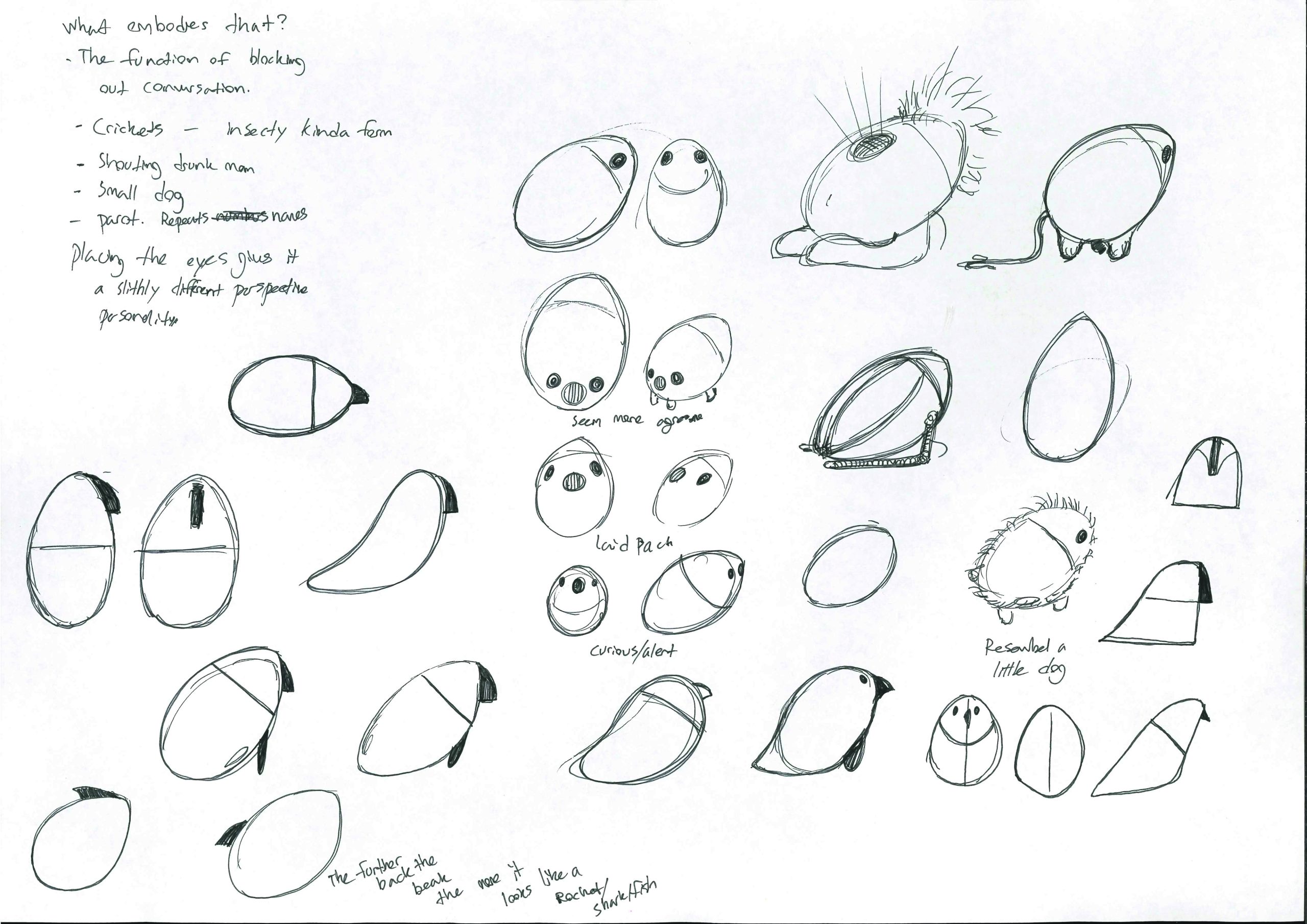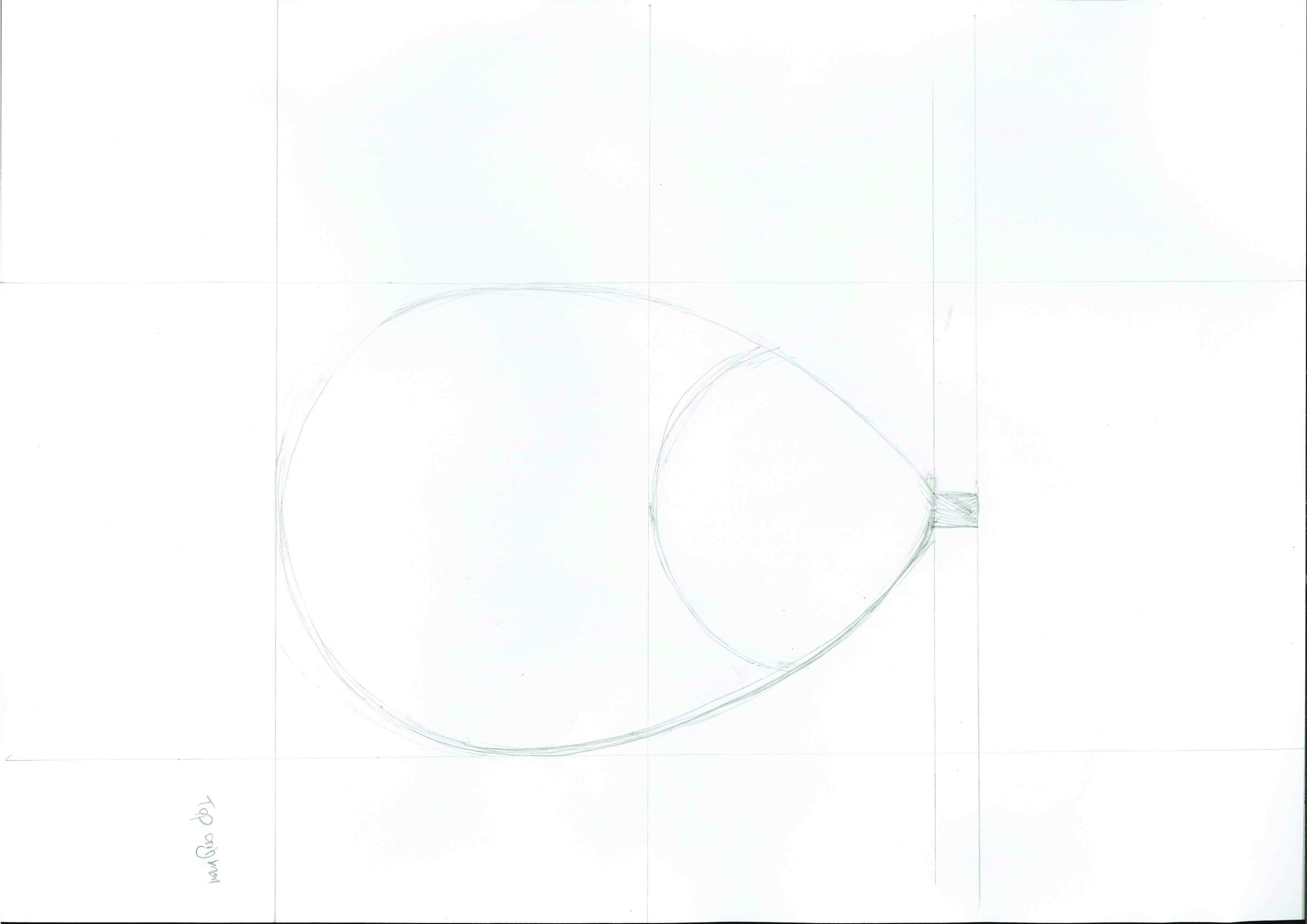Privakeet
THESIS – PROTOTYPING – SPECULATIVE DESIGN
As part of my Master thesis at The IT-University of Copenhagen, my partner and I explored the question “how interaction design can support a nuanced discussion on digital privacy. As a way to do this, we used the following RtD (Research through Design) methods; Futuring, workbooks, workshops and concept development/ prototyping.
Working with the strategic foresight company Bespoke™, we designed a future scenario which we use a foundation for further research into the field of digital privacy. By facilitating workshops based on this future, we gathered insights on what some of the most the important areas of digital privacy are.
Based on these insights, we created a privacy framework meant to guide interaction designers such as ourselves through the process of designing privacy enhancing design artefacts. We coined this design area as PriTech.
In order to evaluate the privacy framework’s usability, we then proceed to develop PriTech concepts with the help of the framework. The majority of these concepts made it into a workbook, while three of the concepts were further developed into prototypes.
These prototypes, together with our designed future, layed the foundation for an evaluation workshop, in which we tested out whether our results served as foundation for a more nuanced discussion on digital privacy than we are used to. Our conclusion was that our privacy framework can be a beneficial tool for future interaction designers, seeking to create PriTech, and that we have successfully used interaction design as the foundation for a nuanced discussion among our test subjects.
If interested in the whole thesis, please contact me.
This page showcase my favorite prototype, Privakeet.
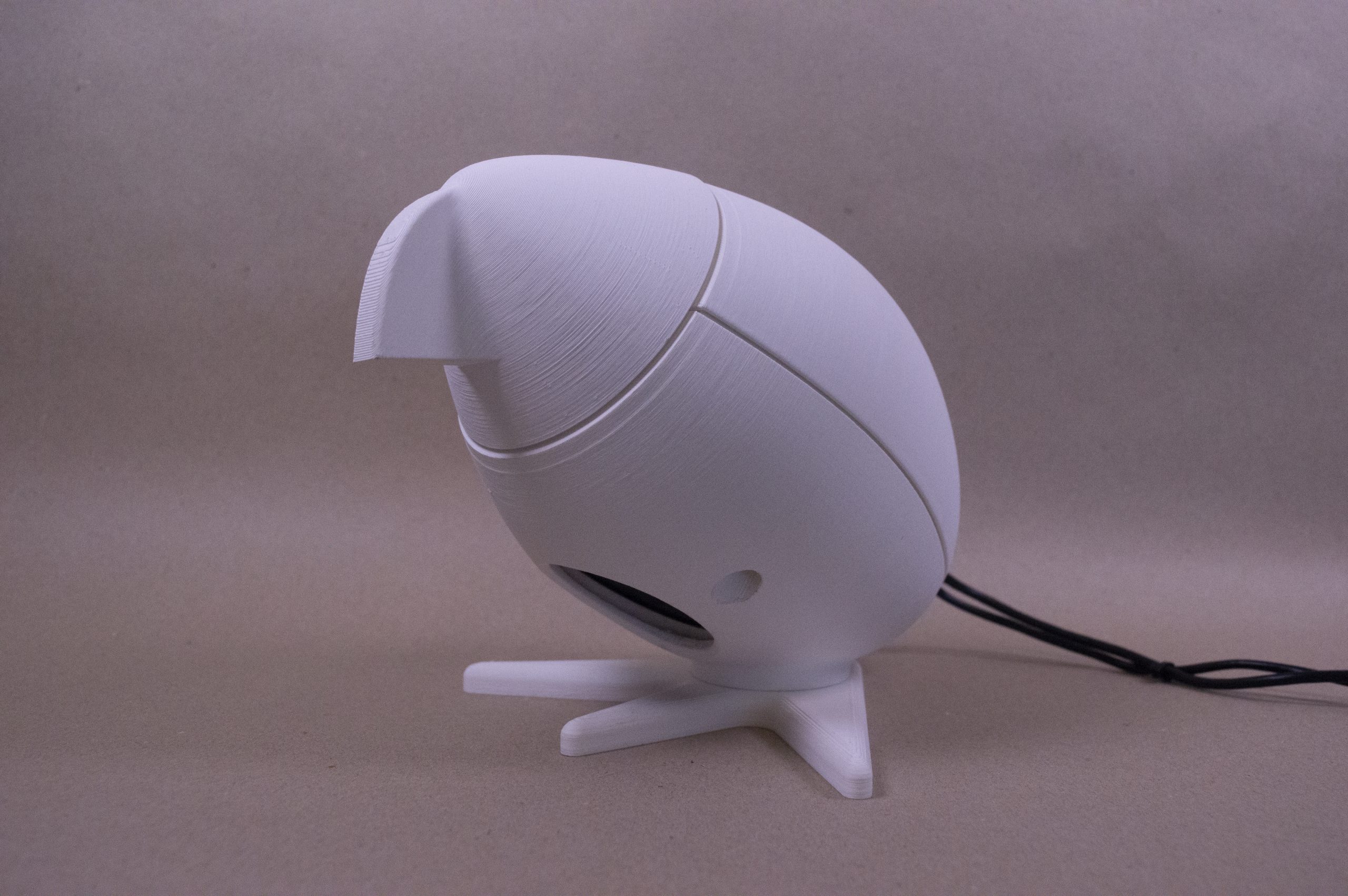
A talkative fellow
The Privakeet consists of a raspberry pi, an amplifier board, a gyroscope, a potentiometer and a speaker, all housed in a 3D printed shell shaped like a bird. The raspberry pi is running a python script which senses the orientation of the bird, based on the readings from the gyroscope.
Once the user flips the bird, the Privakeet stitches together a random set of words, and converts them to an MP3 file. It does so by downloading a newspaper article from the web, where after it replaces words in the article, in order to create a randomly generated speech.
The Privakeet chooses randomly between an array of links to newspaper articles, and splices them by choosing randomly from an array of keywords that we have defined beforehand. The orientation of the potentiometer, or the head of the bird, decides how often a word is replaced in the article. This means that if the head of the bird is turned all the way to the right, it will read the article with little to no changes, while it will create a completely nonsensical speech if turned all the way to the left.
Once the text string has been generated, it is converted through a text to speech engine, into an mp3 file. The file is then started, prompting the Privakeet to “speak”. In order to stop the speech, the privakeet is flipped frontwards, on its head, which causes it to stop. This high-fidelity integration prototype (Houde & Hill, 1997) is an elaboration on an early concept: The Keyword Scrambler concept (See below).
Inspired by the digital myth that third parties might be listening
to our private conversations via our ever present smart devices.
We wanted to test whether it was possible to design a prototype of high fidelity based on our Privacy framework, addressing the rumor of being spied on through microphones. In the beginning of the design phase, we worked with metaphors of what existing beings tend to interrupt conversations, resulting in various ideas from little dogs, drunken people, crickets and finally parakeets.
The ability to be taught and repeat words and phrases, is a trait of mimicking birds such as the parakeet, that we saw ideal to mimic and use as a playful metaphor, hence the name Privakeet, a subtraction of Parakeet and Privacy. Furthermore, designing with aesthetics of present industrial design seen in Google Home, Alexa and the likes is a design choice we have made to suspend disbelief. We believe that mimicking a smart device makes users believe in the product more than if it had a more homemade/DIY appearance.
Not only does Privakeet interfere with third-party listeners; it also interferes with your own conversation as the words it utters is not aimed directly at the smart technology but is “shouted” in all directions.
Our intention with this PriTech is not only to test of the framework but also to create a speculative design evoking debate on whether we should acquire such technology, accepting status quo of being eavesdropped upon or demand changes and regulation as were suggested during an earlier online future workshop.
Privakeet in action
Showcase of how to activate Privakeet.
Initial concept: The Keyword Scrambler
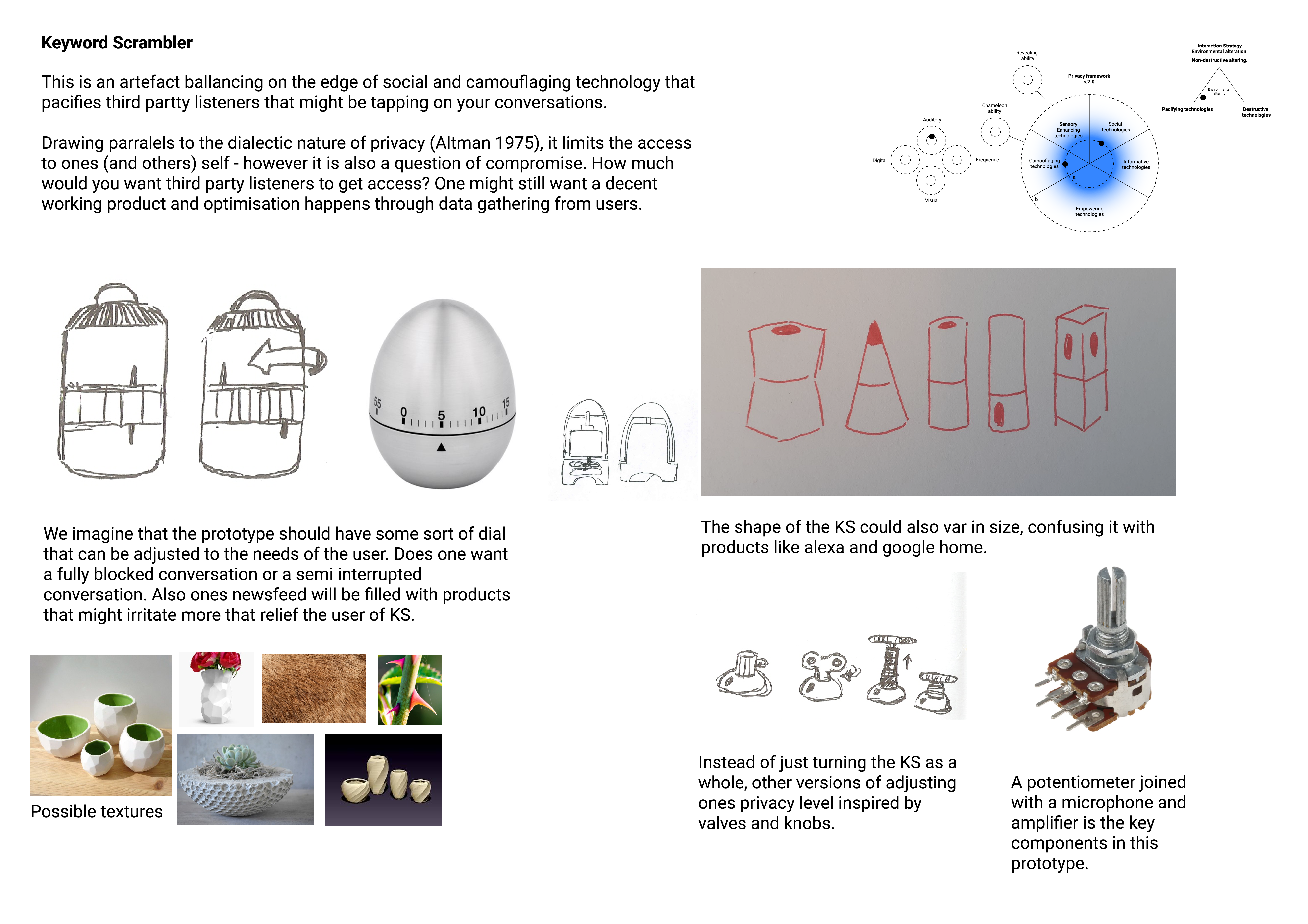
Initial brainstorm on shape
Sketches based on abstract organic forms, slowly developing animallike traits.
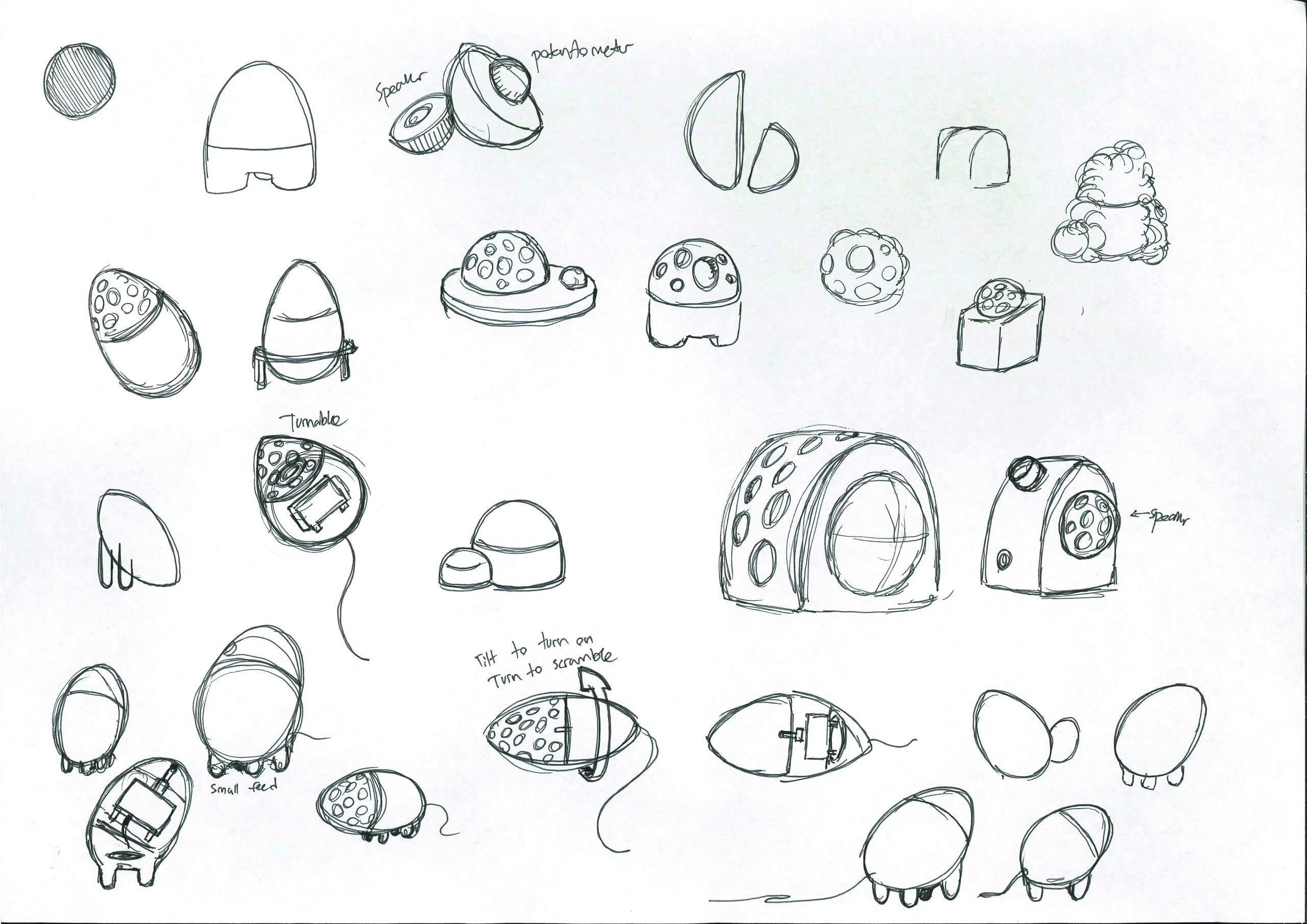
Second brainstorm on shape
The inspiration for this brainstorm was based on living creatures that interupts conversations like small dogs and parots/parakeets
One may notice the final product taking shape in the lower left corner.
